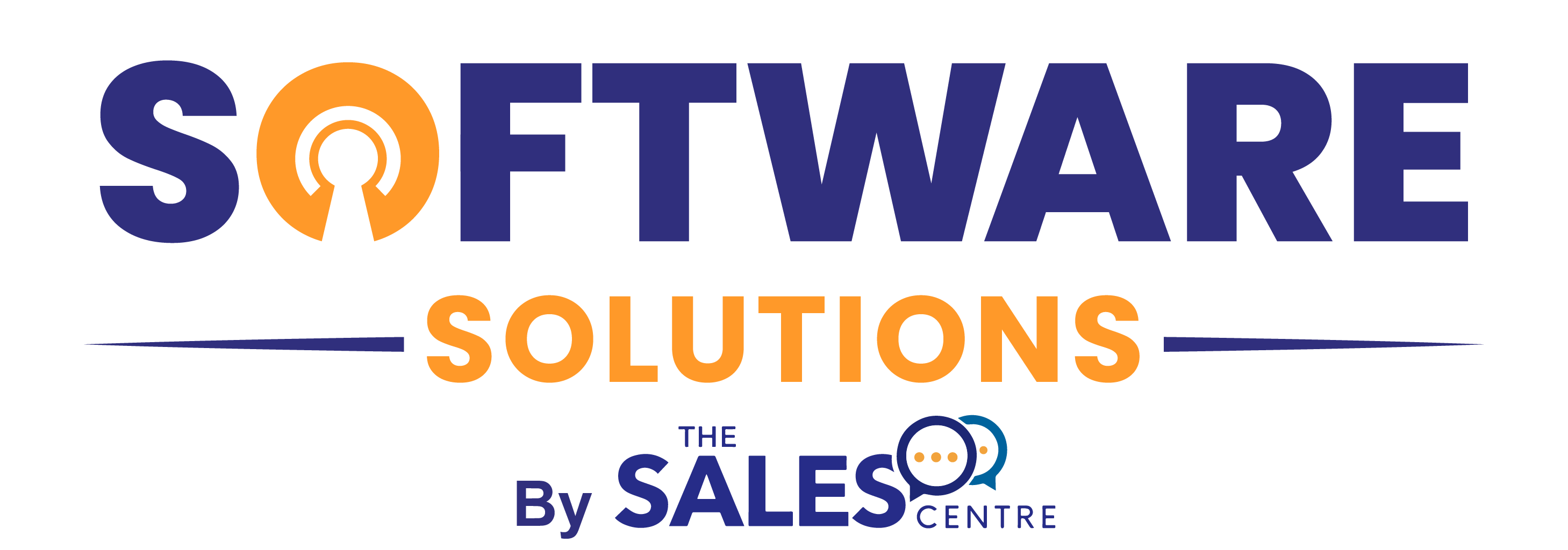Welcome to the world of Artificial Intelligence (AI)—not the sci-fi kind with robots and lasers, but the practical, business-ready tools that are quietly transforming the way we work.
In this blog, we’re diving into how AI can increase your productivity by 50% or more, what that really looks like in your business, and exactly how to get started (today).
What Does AI-Powered Productivity Look Like?
AI, at its core, is about one thing: automation with intelligence. It doesn’t just follow rules—it learns, adapts, and improves over time.
When applied correctly, AI helps your team:
✔ Automate repetitive tasks
✔ Work faster and more accurately
✔ Make smarter decisions using real-time data
✔ Eliminate bottlenecks and manual errors
✔ Focus on high-value, creative work
It’s like giving your business a virtual army of assistants working behind the scenes—24/7. This is our expertise so let us help you.
Where AI Can Boost Productivity by 50% (Or More)
Let’s look at some real, practical ways businesses are using AI to save time, cut costs, and increase output.
1. Automating Routine Tasks
Think about the tasks you or your team do every day that don’t require deep thinking:
- Scheduling meetings
- Sorting emails
- Generating reports
- Entering data
- Filing documents
Now imagine all of that done automatically, accurately, and instantly. That’s what tools like Zapier, Microsoft Power Automate, and AI-driven CRMs offer.
By eliminating these microtasks, you’re giving your team hours back—without reducing output.
2. Smarter Email and Communication Management
Emails are productivity’s arch-nemesis. On average, professionals spend over 3 hours a day managing their inbox.
AI-powered email tools like Gmail’s Smart Reply, Superhuman, or SaneBox help by:
- Prioritising important messages
- Drafting responses
- Categorising emails
- Reducing inbox clutter
The result? Less time emailing, more time executing.
3. Data Analysis in Minutes, Not Days
AI can process and interpret large volumes of data faster than any human ever could.
Instead of spending hours manually digging through spreadsheets, AI can:
- Identify trends
- Highlight anomalies
- Predict future outcomes
- Provide real-time insights
Tools like Tableau with Einstein AI, Power BI, and Google Cloud AI help decision-makers act faster and smarter. That kind of agility is a productivity goldmine.
4. Content Creation and Marketing Support
Yes, AI can even help with creative work. Tools like ChatGPT, Jasper, and Copy.ai are revolutionising content production by:
- Generating blog posts, social media captions, or ad copy
- Rewriting and proofreading text
- Creating personalised customer responses
While humans still need to guide and review, these tools dramatically reduce the time spent on ideation and writing—without sacrificing quality.
5. Customer Service, Upgraded
AI-powered chatbots and virtual assistants (like Drift, Intercom, or Tidio) can handle:
- FAQs
- Appointment scheduling
- Order tracking
- Basic troubleshooting
They respond instantly, 24/7, reducing support wait times and freeing your human team to handle more complex issues.
Happy customers + less manual support = a big productivity win.
6. Smarter Hiring and HR Tasks
Hiring the right person is time-consuming. AI tools like Workable, Breezy HR, or Hiretual streamline recruitment by:
- Scanning resumes
- Ranking applicants
- Automating interview scheduling
- Identifying top talent faster
Even internal HR tasks like leave management, payroll queries, and employee onboarding can be automated using AI-powered systems.
7. Time Tracking and Productivity Monitoring
Want to know where your team’s time actually goes? AI productivity tools like RescueTime, Time Doctor, or Clockify give detailed insights into:
- Task breakdowns
- App usage
- Time-wasting habits
- Productivity scores
These insights help optimise work habits and keep teams focused on what matters most.
How to Start Using AI in Your Business Today
Ready to put AI to work in your business? Here’s how to take action—without getting overwhelmed.
Step 1: Identify Your Biggest Time Drains
Look at your workflows and ask:
- What do we do repeatedly?
- What tasks are low-skill, high-effort?
- Where are we making avoidable mistakes or delays?
These are your prime candidates for AI automation.
Step 2: Start Small (But Start Now)
You don’t need a full AI overhaul. Pick one area—maybe email management or lead scoring—and introduce a simple AI tool.
Get feedback, adjust, and then expand. Momentum builds trust, especially with team members wary of new tech.
Step 3: Choose the Right Tools for Your Goals
Here are a few AI tools to explore based on function:
- Emails & Writing: ChatGPT, Grammarly, Jasper
- Automation: Zapier, Make.com, Microsoft Power Automate
- CRM & Sales: HubSpot, Salesforce Einstein, Pipedrive
- Marketing: SEMrush, Canva Magic Write, Copy.ai
- Customer Support: Intercom, Zendesk AI, Drift
- Data & Reporting: Power BI, Tableau, Google Looker Studio
Always start with tools that integrate well with your existing systems.
Step 4: Train Your Team
AI is powerful—but it’s only as effective as the people using it. Invest time in training your team to use AI tools confidently and ethically.
Encourage experimentation, share best practices, and show the value with clear time-savings.
Step 5: Measure the Impact
Track metrics like:
- Hours saved
- Response time improvements
- Reduction in manual errors
- Revenue per employee
You’ll quickly see how AI isn’t just a tech upgrade—it’s a performance multiplier.
AI Is the Ultimate Productivity Partner
In a world where every minute counts, AI gives you the unfair advantage of working smarter, not harder. By automating the mundane, speeding up the complex, and supporting decision-making, AI has the potential to boost your business productivity by 50%—or even more.
And the best part? You don’t need to be a tech wizard or Fortune 500 company to get started.
Looking for AI-powered software solutions tailored to your business needs? At Software Solutions, we help teams like yours unlock productivity and growth through smart, scalable technology. Let’s talk about what’s possible.
The future isn’t coming—it’s already here. And AI is leading the charge. Time to get on board.


